
Nonprofit finances in the United States were relatively strong at the beginning of 2022, largely as a result of government and foundations stepping up their support of nonprofits during the COVID-19 pandemic. However, inflation, economic volatility, increasing demand for services, and a reversion to pre-COVID funding practices indicate that nonprofits will soon face familiar financial challenges to serving their communities.
However, data collected from Nonprofit Finance Fund’s 2022 State of the Nonprofit Sector Survey provides a unique window into both what worked when nonprofits across many different service areas had more resources and how funders might better support them in the future.
We surveyed more than 1,100 leaders from across the United States, 311 of whom also took the survey in 2018. Questions focused on nonprofits’ programmatic, operational, and financial health. Survey-takers represented nonprofits of all sizes, working in areas such as health and human services, social justice, education, and arts and culture. Our analysis of the 311 respondents who took the survey in both years showed that funders made meaningful changes that benefited the financial health of many nonprofits—at least for the near term—and that these nonprofits were better prepared to meet ongoing challenges and future crises in their communities.
The field now has an opportunity to solidify the funding gains we saw in the first two years of the pandemic and continue the kinds of funding best practices nonprofits have been fighting to secure for years. Here are five things we learned from the data comparing 2018 and 2022 responses from the organizations that took both surveys:
Are you enjoying this article? Read more like this, plus SSIR's full archive of content, when you subscribe.
1. Low-interest, forgivable PPP loans meant more money to meet community needs.
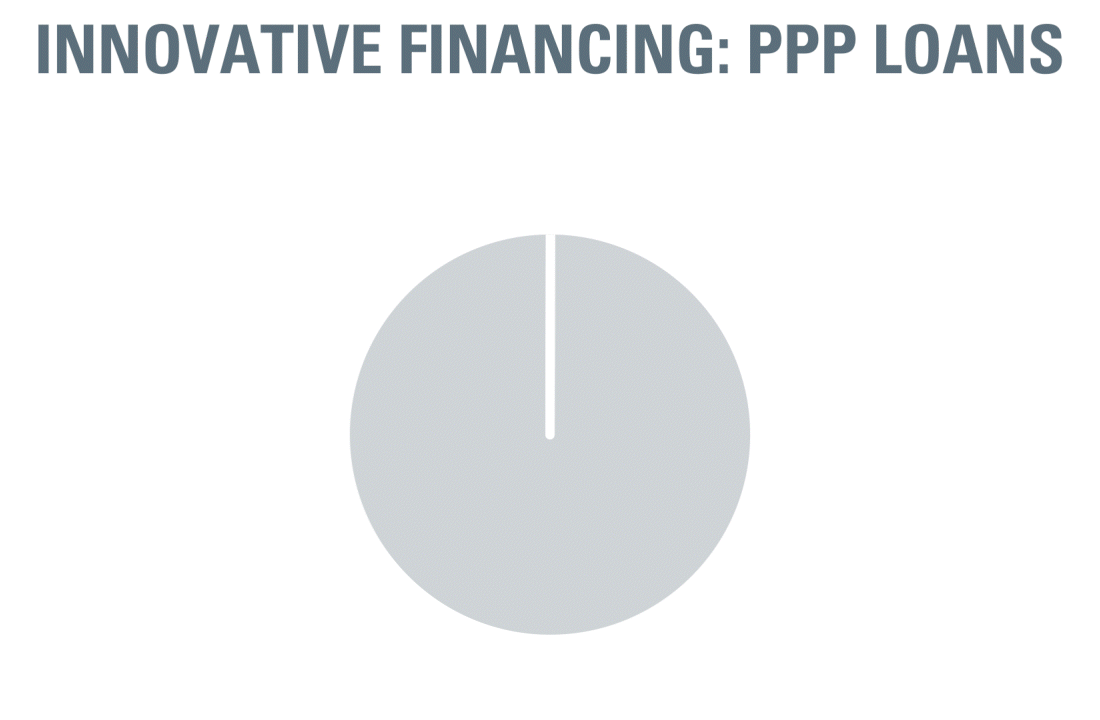
The Paycheck Protection Program (PPP) represented a massive experiment in innovative financing. Designed to help businesses keep workers employed during the COVID-19 pandemic, this government program offered Small Business Administration-backed loans at an extremely low 1 percent interest rate and with the possibility for loan forgiveness. A flawed rollout that didn’t take structural racism into account and didn’t require racial demographic data in the first two rounds of loans actively disadvantaged smaller nonprofits and those led by people of color. Early PPP recipients tended to be larger organizations that were white-led and had strong banking relationships. Businesses owned by people of color faced longer waits for loan processing, and Black-owned businesses in particular received different information from lenders based on their race and were in some cases passed over by small and mid-sized banks that lent to otherwise similar white-led businesses. Future programs should learn from these mistakes, design more inclusive programs, and ditch the “colorblind approach” that ignores and therefore perpetuates inequities rather than accounting for them.
Despite this, PPP was an innovative lending solution that had tangible benefits for nonprofits. In our sample, 78 percent of nonprofits received one or more PPP loans, and only 1 percent had their loan application rejected.
The loans allowed nonprofits to continue paying staff and serving communities amid pandemic-related upheaval that temporarily halted or significantly changed program-related revenue. This was especially important for nonprofits that depend on serving clients for money, such as those offering childcare or job training programs and community theater performances. “The March 2020 pandemic shutdown decimated our earned revenue,” wrote a leader of an arts and culture nonprofit. “We ended FY19-20 in an OK position due to a PPP loan and other recovery funds.”
PPP loans also bridged gaps caused by increased delays in government reimbursements—a perennial challenge even before the pandemic. And because PPP loan interest rates were well below market rate, organizations had fewer dollars tied up in interest payments than with a traditional loan, leaving more money to meet rapidly changing demands.
2. Foundations made meaningful funding changes that need to continue.
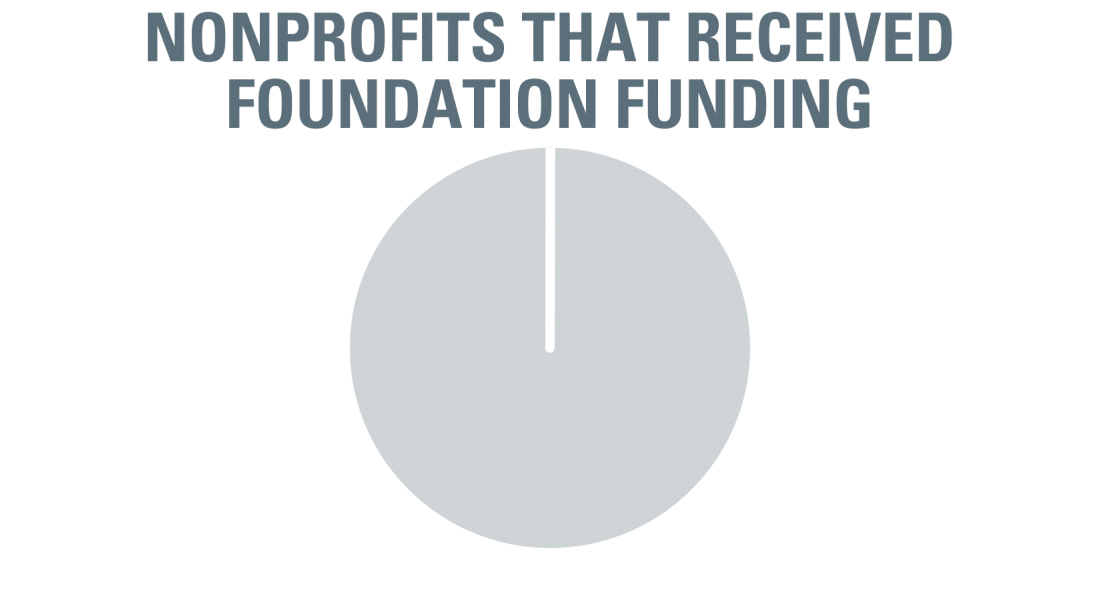
A significantly higher percentage of nonprofits reported receiving funding from foundations in 2021 (51 percent) than in 2017 (38 percent). And, importantly, foundation funding became more flexible during a critical time of need. Flexible funding allowed nonprofits to adapt to the challenges of the COVID-19 pandemic, whether by modifying or starting programs, upgrading Internet speed and buying laptops for staff and clients as they adopted a remote working environment, or providing personal protective equipment to staff. In fact, 56 percent of nonprofits agreed that foundation funding was more flexible after March 2020, with only 12 percent disagreeing.
One survey respondent (who did not take the survey in 2018 but did in 2022) shared that their organization was able to redirect funds originally slated for in-home visits with new mothers to purchase good, quality strollers for families that didn’t have them. Staff and participants were able to meet outside while walking, getting fresh air and exercise along the way. We heard repeatedly how important flexibility was to supporting community needs.
3. Nonprofits built reserves, anticipating future challenges.
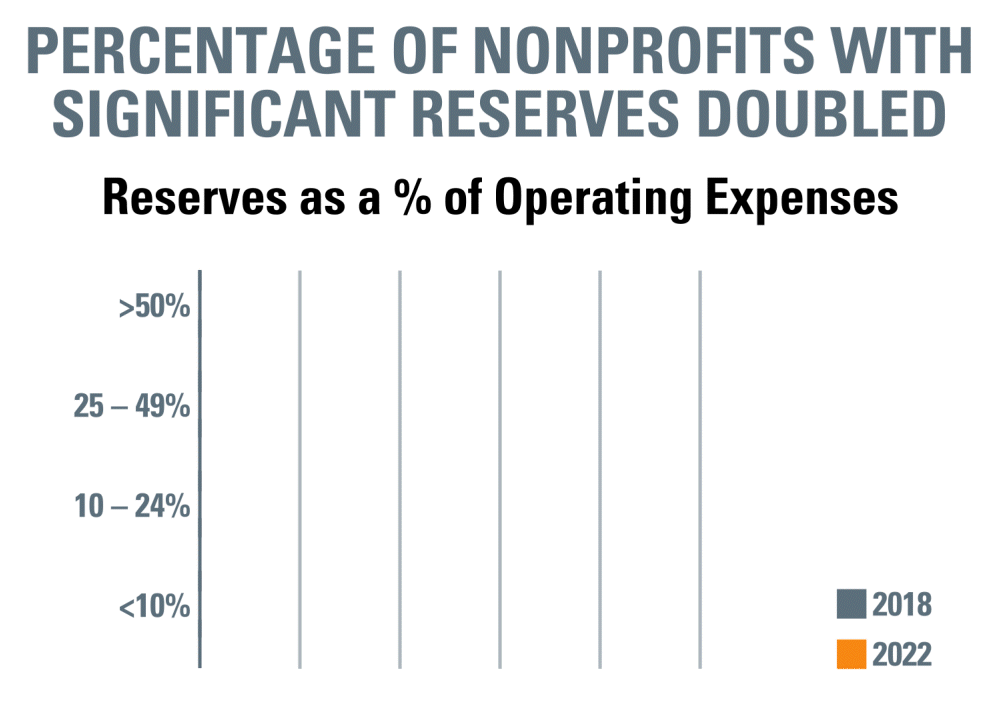
Reserves for emergencies and future expenses help nonprofits weather unexpected disruptions and plan ahead. As an Oklahoma-based arts organization shared, “Our organization had a solid plan for uncertain times, although we did not anticipate the pandemic. Our reserves enabled us to weather fund reductions from the death of a donor to COVID-19, and reductions or elimination of funding from corporate sources. We have replaced most of these funds.”
Coming out of the chaos of the last few years, 60 percent of nonprofits have much-needed emergency reserves, up from 49 percent in 2018. And nonprofits with reserve funds that represent a quarter or more of their operating expenses doubled between 2018 and 2022, from 18 percent to 36 percent.
4. More cash on hand will allow nonprofits to pivot, as they did at the beginning of the pandemic.
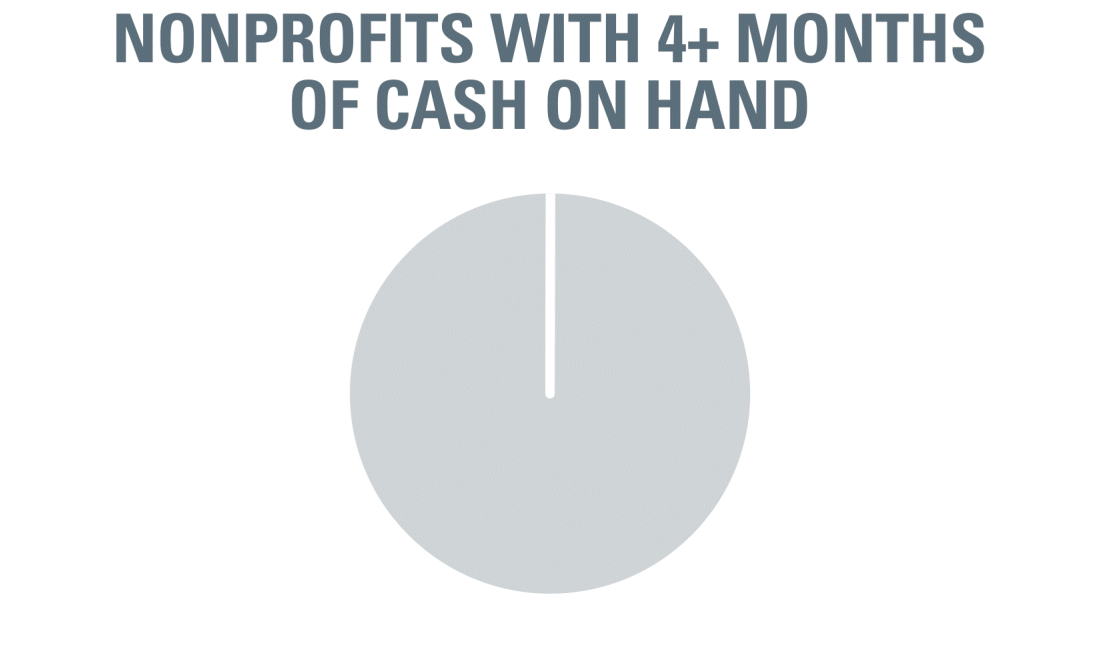
In addition to having reserves set aside for future expenses, we also saw more nonprofits with the cash on hand they needed to quickly respond to disruptions by changing programming or meeting an unexpected shortfall. Indeed, 64 percent of organizations had four or more months of cash on hand in 2022, a 17-percentage-point increase from 2018.
Adaptability was a recurring theme in responses, and nonprofits are particularly good at it. “Our greatest accomplishment since March 2020 is simply survival,” wrote one respondent. “We are proud of our ability to adapt to the restrictions of the pandemic and continue to serve our community.”
5. Increased surpluses mean more nonprofits have the resources to meet community needs.
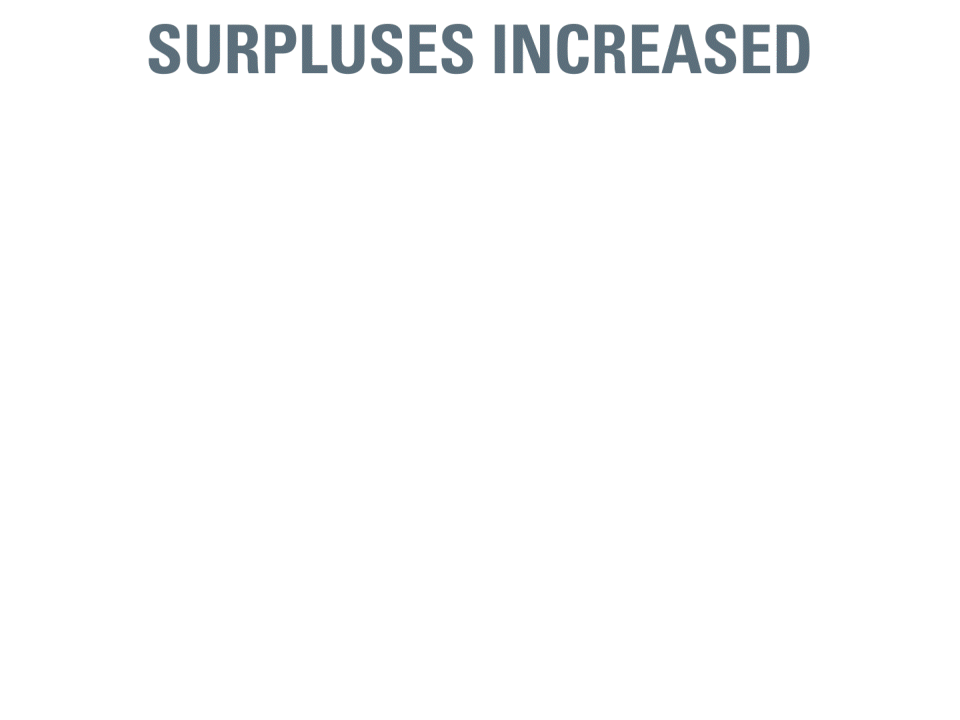
Two-thirds of organizations ended 2021 with a surplus—an uptick from 2017—and fewer had a deficit or break-even financials. By and large, this is good news for nonprofits, although there was also a small jump in organizations with very high deficits, which we defined as 25 percent or more of their operating expenses.
Nonprofit is a tax status, not a directive to break even financially. In the social sector, nonprofits reinvest surpluses to grow, change, and prepare for the future, making surpluses a strong driver of nonprofit resilience. When nonprofits operate from a stronger financial position, funders can help them maintain strong levels of reserves and cash on hand by funding general operating support and not penalizing those that operate with surpluses by withholding or clawing-back grants. Encouraging surpluses allows nonprofits to adapt and grow to meet changing community needs.
However, it’s important to remember that a single measure of financial well-being doesn’t necessarily mean a nonprofit is thriving. One large housing nonprofit shared that though it ended 2021 with a surplus, it continues to struggle with having enough staff to do the work, let alone grow: “When a major metropolitan area said they’d roll out the red carpet for us, we still had to say no, because we already have 100 open positions to fill to meet goals in the communities we already serve. Foundation investments in our capacity have been essential for us to get to the level [we need to] in particular communities, but not to the level where we’d have the bandwidth to expand.” While the scale of this example is extreme, many nonprofits are struggling with similar dynamics.
Looking Ahead
Nonprofits have been operating for years on slim budget margins and minimal reserves, and our data shows that the organizations in our cohort were in a comparatively strong financial position in early 2022. But economic headwinds threaten to erode these gains. Rising inflation is eating into cash’s value, leading to higher expenses, and more people are seeking support for food, shelter, and other basic needs. Meanwhile, a volatile stock market and the threat of recession may cause some funders to tighten their purse strings.
In their written responses, many nonprofits expressed wariness about their newfound financial stability. “Overall, we see an increase to our bottom line, but it masks a more complicated picture where certain sources are on the rise, while others are shaky or in decline. This makes covering our rent and salaries somewhat precarious,” wrote one community nonprofit. “Our organization has yet to secure multi-year funding at the level we need to remain a steady and reliable resource to our community, and to attract and retain the talent we need.”
At the same time, demand continues to rise for nonprofit services. Among the respondents, 85 percent anticipated increased demand in the next year, with 43 percent predicting a large increase (10 percent or more) in demand—about a third more than in 2018. Employing enough staff to do the work and offering competitive pay were the most cited staff management challenges.
The good news is that more nonprofits feel prepared to meet rising demand in the coming year (56 percent) than they did in 2018 (42 percent). And they’re hiring for it: 67 percent of the nonprofits surveyed said they planned to increase staff in the next 12 months.
Government and funders must protect the financial advances we’ve seen if we want to help nonprofits to make lasting changes that meet communities’ aspirations. Taken together, the lessons from the last three years point the way forward for government and philanthropy to fund for lasting impact.
Support SSIR’s coverage of cross-sector solutions to global challenges.
Help us further the reach of innovative ideas. Donate today.
Read more stories by Chris Lisée & Larry McGill.

